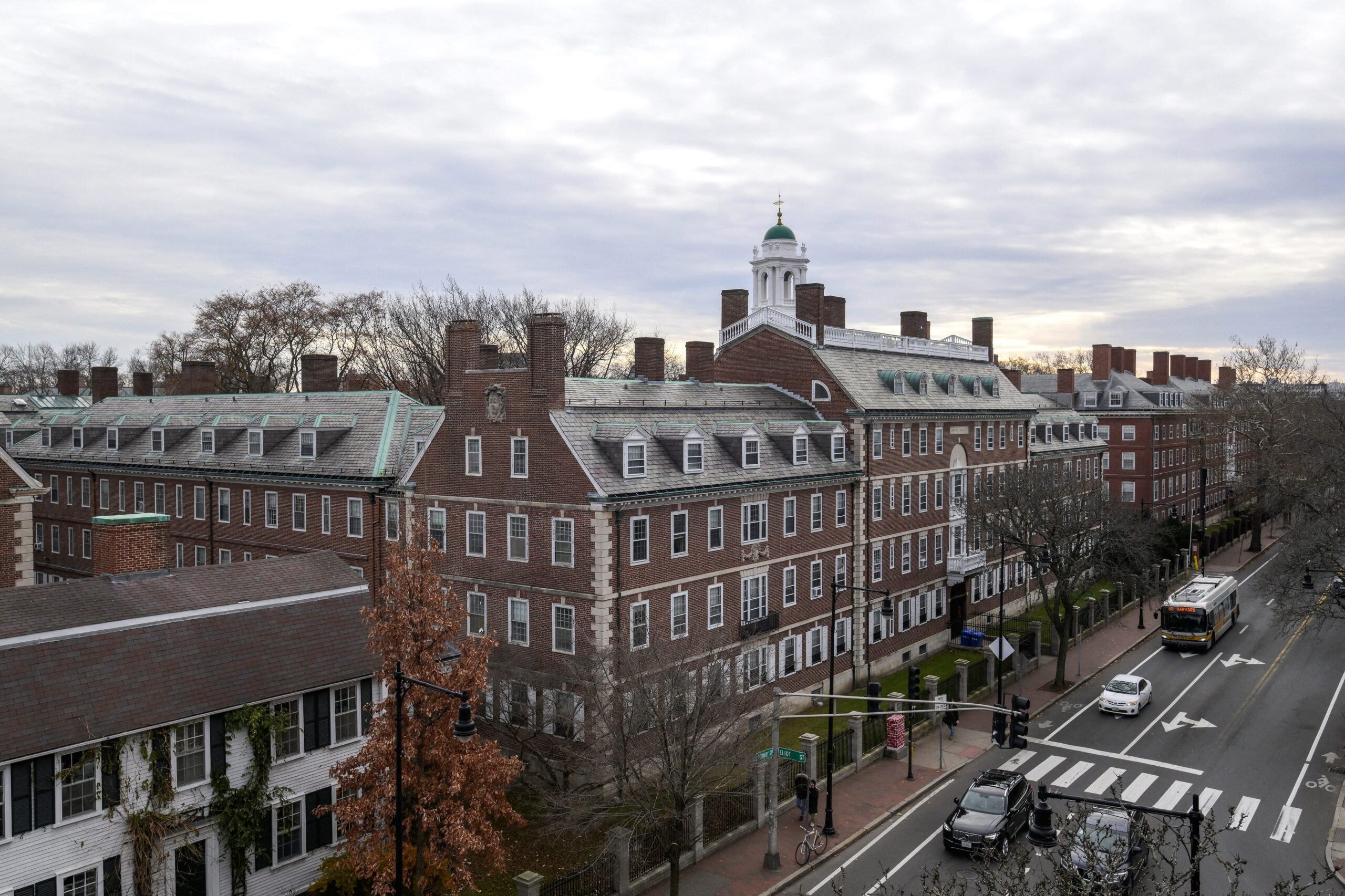
Harvard Expands Financial Aid, Offering Free Tuition to Students from Families Earning Under $200,000
Harvard University, a name synonymous with academic excellence and prestige, has recently unveiled a groundbreaking expansion of its financial aid program. This initiative, set to take effect in the 2025 academic year, aims to make a Harvard education more accessible to a wider range of students, particularly those from middle-income families. The announcement, made on Monday, signals a significant shift in the landscape of higher education affordability and underscores Harvard’s commitment to attracting talented individuals regardless of their socioeconomic background.
The cornerstone of this expansion is the provision of free tuition for students hailing from families with annual incomes of $200,000 or less. This marks a considerable departure from the university’s previous policy, which primarily focused on supporting students from lower-income brackets. While students from families earning $100,000 or less will continue to receive comprehensive financial aid covering tuition, fees, food, housing, and other expenses, the new policy extends tuition-free access to a much larger segment of the population.
Harvard’s leadership has framed this decision as an extension of the college’s long-standing dedication to providing financial support to undergraduate students in need. They emphasize that this expansion is crucial for fostering a diverse and intellectually stimulating environment on campus. According to Harvard President Alan M. Garber, making Harvard financially accessible to more individuals will enrich the university by broadening the spectrum of backgrounds, experiences, and perspectives represented within the student body. He believes that bringing together individuals of exceptional promise from various walks of life is essential to unlocking the full potential of the University.
The implications of this expanded financial aid program are far-reaching. Harvard estimates that it will now enable approximately 86% of families in the United States to qualify for some form of financial assistance from Harvard College. This signifies a dramatic increase in the number of prospective students who can seriously consider Harvard as a viable option, regardless of their family’s financial circumstances. Previously, Harvard covered tuition, housing, and food costs only for students from families with an annual income of $85,000 or less.
The specifics of the financial aid packages are designed to cater to the diverse financial situations of students. For those from families earning $100,000 or less, the aid package will cover all essential costs, including tuition, fees, food, and housing. Students from families with incomes between $100,000 and $200,000 will receive free tuition, and may also be eligible for additional financial aid to cover other expenses. Even students from families with incomes exceeding $200,000 are not excluded from receiving financial support. Harvard emphasizes that it will continue to offer tailored financial aid packages to these students, taking into account each family’s specific financial circumstances and providing aid where necessary.
Hopi Hoekstra, Dean of Harvard’s Faculty of Arts and Sciences, echoed President Garber’s sentiments, highlighting the university’s commitment to opening its doors to the most talented students, irrespective of their financial background. She emphasized that this investment in financial aid is intended to make a Harvard College education a possibility for every admitted student, allowing them to pursue their academic passions and contribute positively to the future.
According to Harvard’s data, a significant portion of its undergraduate population already receives financial aid. Currently, 55% of undergraduates benefit from financial assistance, with families paying an average of $15,700 for the 2023-2024 academic year. This underscores the university’s existing commitment to affordability, which the new expansion will further amplify.
The decision to expand financial aid comes at a time when the cost of higher education is a growing concern for many families. The average annual tuition for an undergraduate student at Harvard for the 2024-25 academic year is $56,550, a significant investment that can be a barrier for many talented students. Harvard’s move to offer free tuition to students from families earning under $200,000 is a bold step towards addressing this affordability challenge.
Harvard College Dean of Admissions and Financial Aid William R. Fitzsimmons stressed that Harvard seeks out the most talented students from diverse socioeconomic backgrounds, from every state and around the globe. He stated that financial aid is crucial in ensuring that these students know Harvard College is a place where they can be part of a vibrant learning community, strengthened by their presence and participation.
Harvard’s commitment to financial aid is not new. Since launching the Harvard Financial Aid Initiative in 2004, the university has awarded more than $3.6 billion in undergraduate financial aid. For the 2025-26 academic year, Harvard’s annual financial aid award budget is projected to be $275 million.
This latest expansion of Harvard’s financial aid program is likely to have a ripple effect across the higher education landscape. It sets a new standard for affordability and accessibility, potentially influencing other elite universities to re-evaluate their financial aid policies. The move could also encourage more high-achieving students from middle-income families to apply to Harvard, further diversifying the student body and enriching the overall learning environment.
While the long-term impact of this policy remains to be seen, the immediate effect is a clear message: Harvard is committed to making its world-class education accessible to a wider range of talented students, regardless of their financial circumstances. This commitment underscores the university’s belief that a diverse student body is essential for fostering intellectual growth, innovation, and positive societal impact.
